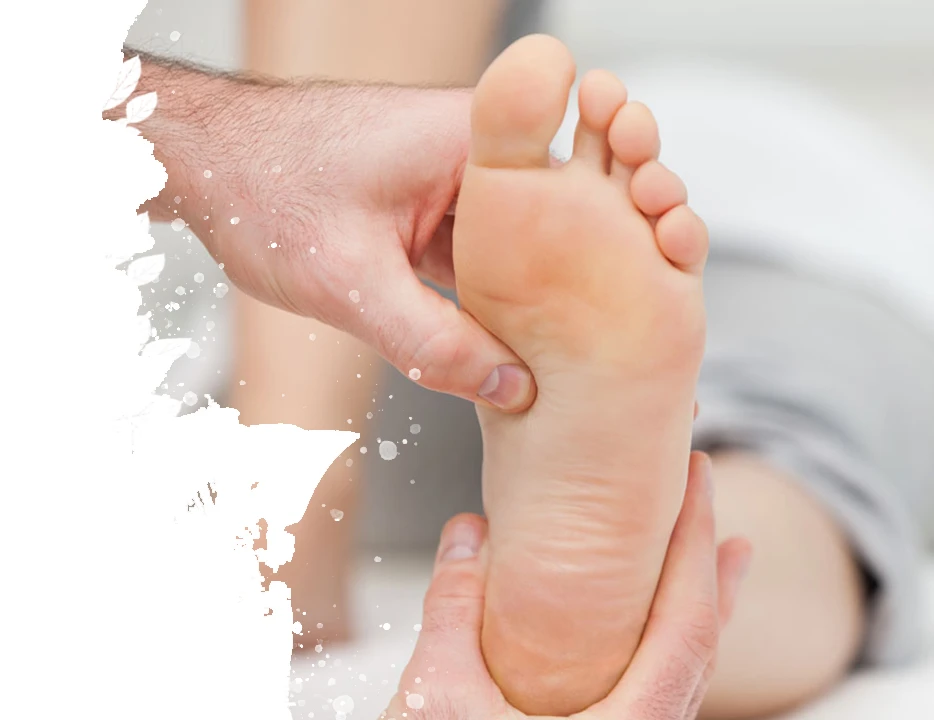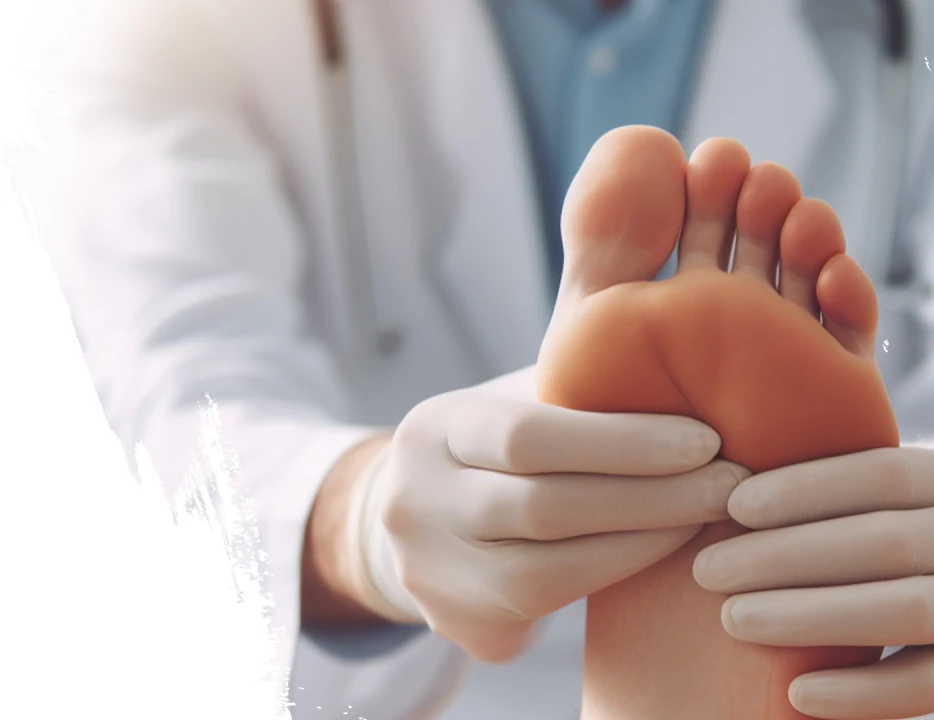What is Achilles Tendinopathy?
The tendon which runs along the back of your lower leg, down to the heel, is called the achilles tendon. When that band of tissue is injured, inflamed or degenerates, the condition is called Achilles Tendinopathy.
The location of the injury may vary and can cause different issues. Insertional achilles tendinosis is known when the condition occurs at the point where the tendon connects to the bone, while if it occurs in the middle of the tendon, it’s called midportion achilles tendinosis.
What are the symptoms of this condition?
This condition, which is very common in athletes, causes pain, stiffness and swelling, and can cause issues with movement of the leg.
Very often there is no severe injury or trauma at the site, so there will be noticed a slow progression of pain. Depending on the place where the inflammation occurs, a bump might be felt from outside, either right behind the heel bone (seen when insertional achilles tendinosis occurs) or behind the tendon (seen when midportion achilles tendinosis occurs).
Patients that have this condition may experience pain after a long time of physical inactivity, for example if sitting down for too long or after waking up from sleep. Tension or tightness can also be felt when going up the stairs and also while running,
What causes Achilles Tendinosis?
Tightness of the achilles and calf is the most common cause of this condition. Very often, rubbing of the soft tissue (build up of calcium in the heel bone) may rub against the tendon and cause a lump, which is also known as ‘Haglund’s Syndrome’.
To be able to diagnose this, doctors will look into the symptoms which usually are pain and some swelling at the tendon or the back of the heel, also thickening of the tendon. X-rays are a way to see if there are any bone spurs, and MRIs or ultrasounds are used to evaluate and confirm the tendinosis.
How do we treat Achilles tendinosis?
In most clinics, this condition is treated with a combination of stretching and strengthening techniques, footwear education and orthotics. In more serious cases, injection therapy and surgery may be involved.



